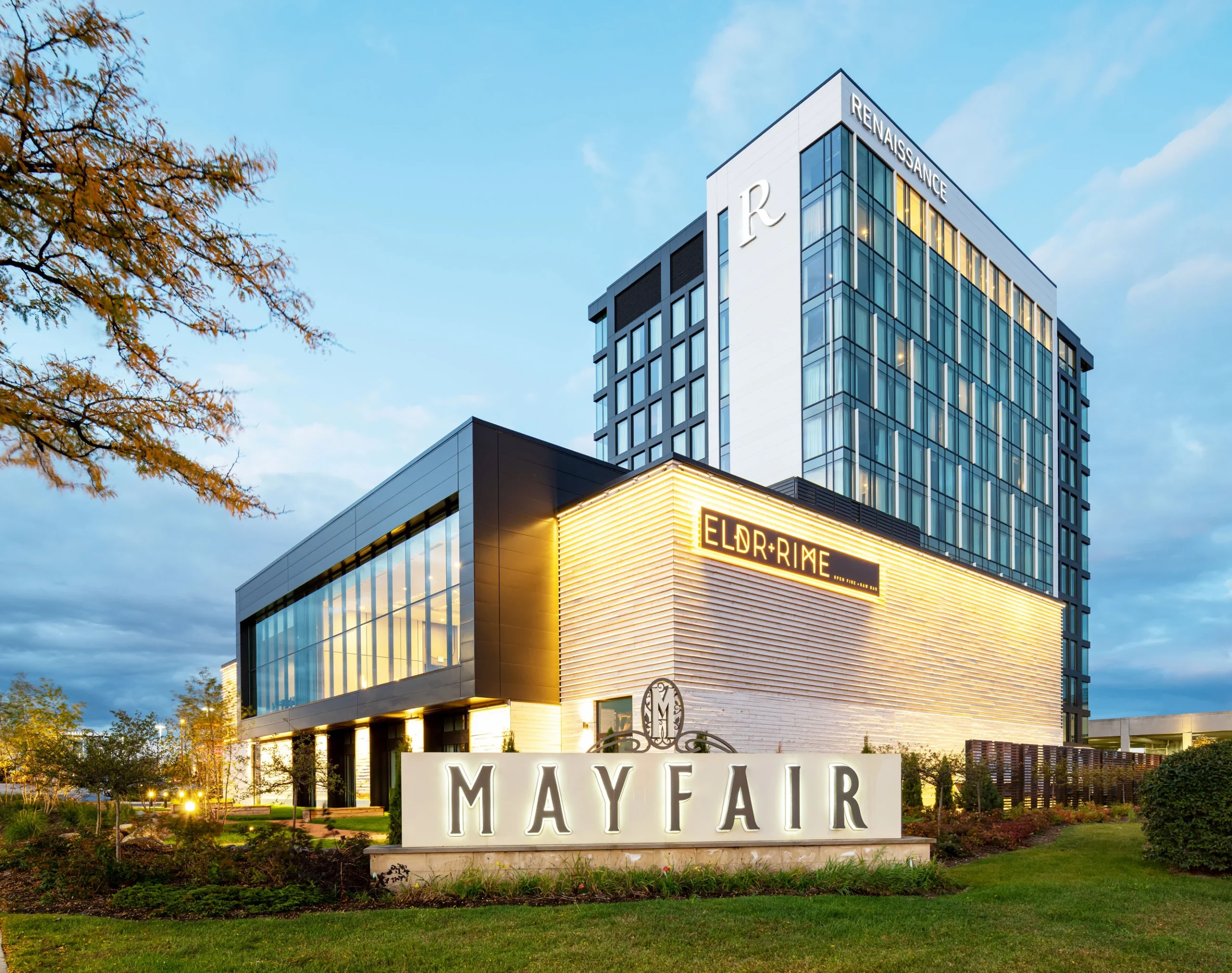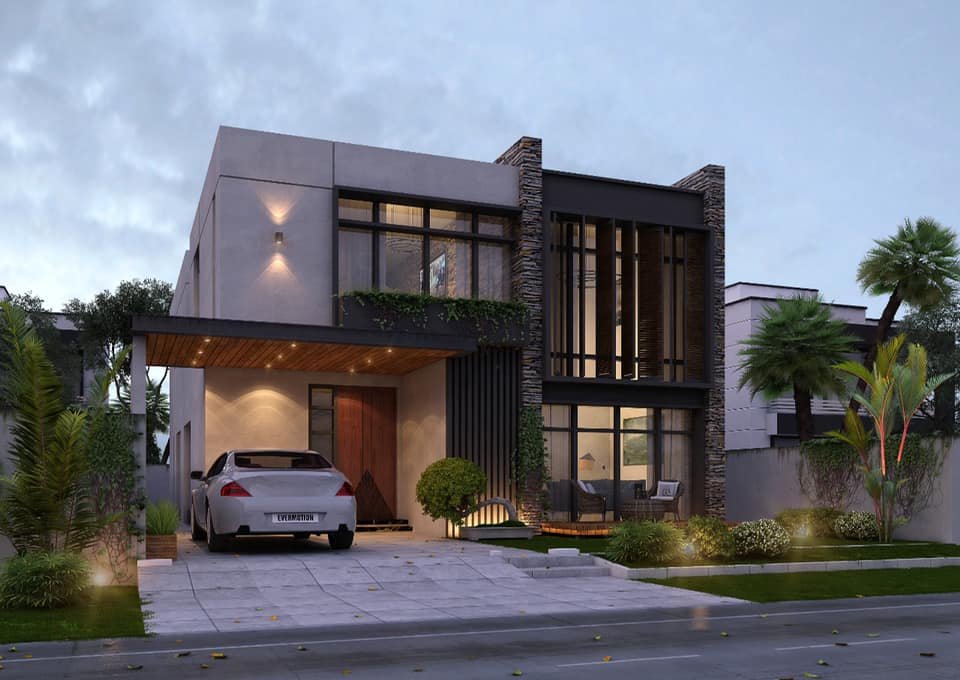How to Plan and Design Patient-Friendly Hospital Environments in Hospital Design and Planning
How to Plan and Design Patient-Friendly Hospital Environments in Hospital Design and Planning: Call 9624378909 for Hospital design and Planning in Delhi, Mumbai, chennai, Hyderabad, Bangalore, surat, nagpur and anywhere in India
Creating a hospital environment that prioritizes patient comfort, safety, and healing is not just a matter of aesthetics; it’s a critical component of healthcare that can significantly affect recovery times and overall patient satisfaction. This guide will delve into the importance of patient-friendly design elements, outline key principles for achieving such environments, explore strategies for incorporating patient feedback, and highlight the benefits of these design choices on health outcomes.
Overview of the Importance of Patient-Friendly Design Elements
The design of a hospital goes beyond functional and operational requirements; it directly impacts the well-being and recovery speed of patients. Studies have shown that environments that are considerate of patient needs can lead to shorter hospital stays, reduced need for pain medication, and improved mental health. By focusing on creating spaces that foster healing, hospitals can improve patient outcomes and enhance the overall healthcare experience.
Key Principles for Designing Patient-Friendly Environments
To create a hospital environment that supports healing and comfort, several key principles should guide the design process:
-
Natural Lighting: Ample natural light can boost patient morale, improve sleep patterns, and maintain circadian rhythms, all of which are essential for recovery. Designs should maximize daylight exposure in patient rooms and common areas.
-
Noise Control: Excessive noise can hinder patient recovery, increasing stress and disrupting sleep. Implementing sound-absorbing materials, designing quieter HVAC systems, and strategically placing noisy equipment can minimize disruptions.
-
Privacy: Patient dignity and privacy are paramount. Design elements such as private rooms or partitions, soundproof walls, and consideration in the layout for sightlines ensure that patients feel secure and respected during their stay.
-
Accessibility: Ensuring that hospitals are easily navigable for all patients, including those with mobility challenges, is crucial. Wide corridors, accessible bathrooms, and clear signage can significantly enhance the patient experience.
Strategies for Incorporating Patient Feedback into Design Plans
Incorporating feedback from patients who have experienced hospital stays can provide invaluable insights into design improvements. Hospitals can engage former patients through surveys, focus groups, or advisory panels to gather suggestions and understand their needs better. This feedback can highlight areas for improvement that might not be obvious to designers and staff but are crucial for patient comfort and satisfaction.
Conclusion: The Benefits of Patient-Friendly Design on Recovery Times and Overall Satisfaction
Designing patient-friendly hospital environments is an investment in the well-being of patients and the efficiency of healthcare delivery. By adhering to principles that prioritize natural light, noise control, privacy, and accessibility, and by incorporating patient feedback into the design process, hospitals can create spaces that not only support medical treatment but also promote healing and comfort. The benefits of such environments are clear: improved recovery times, increased patient satisfaction, and a positive impact on the overall healthcare experience. As the healthcare industry continues to evolve, the focus on patient-friendly design will remain a cornerstone of innovative hospital planning and development.



